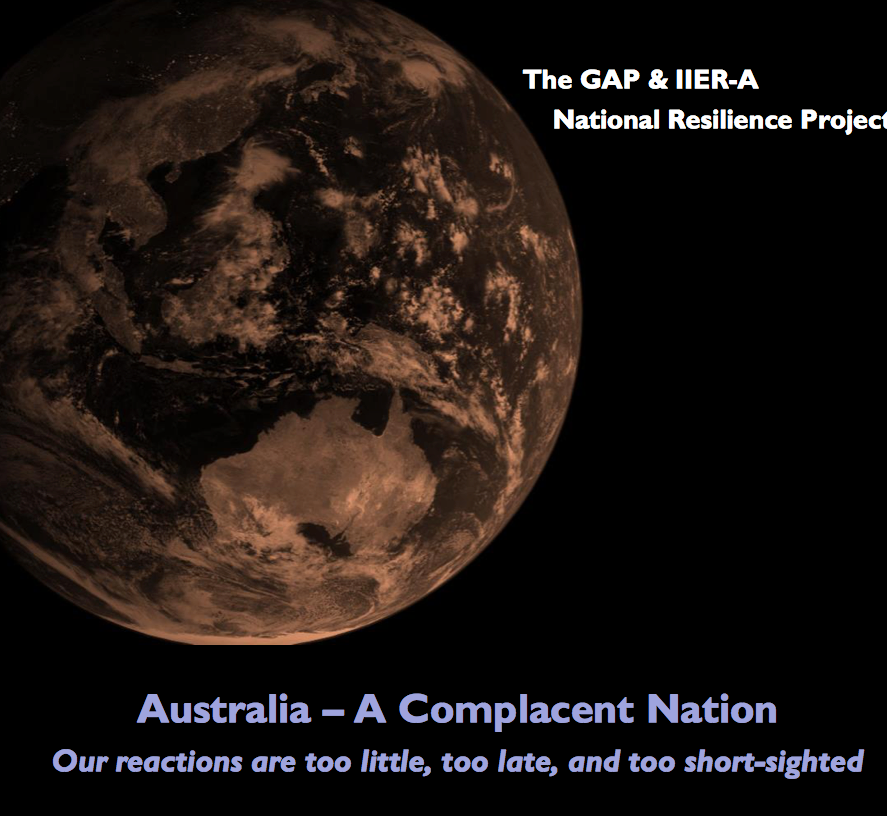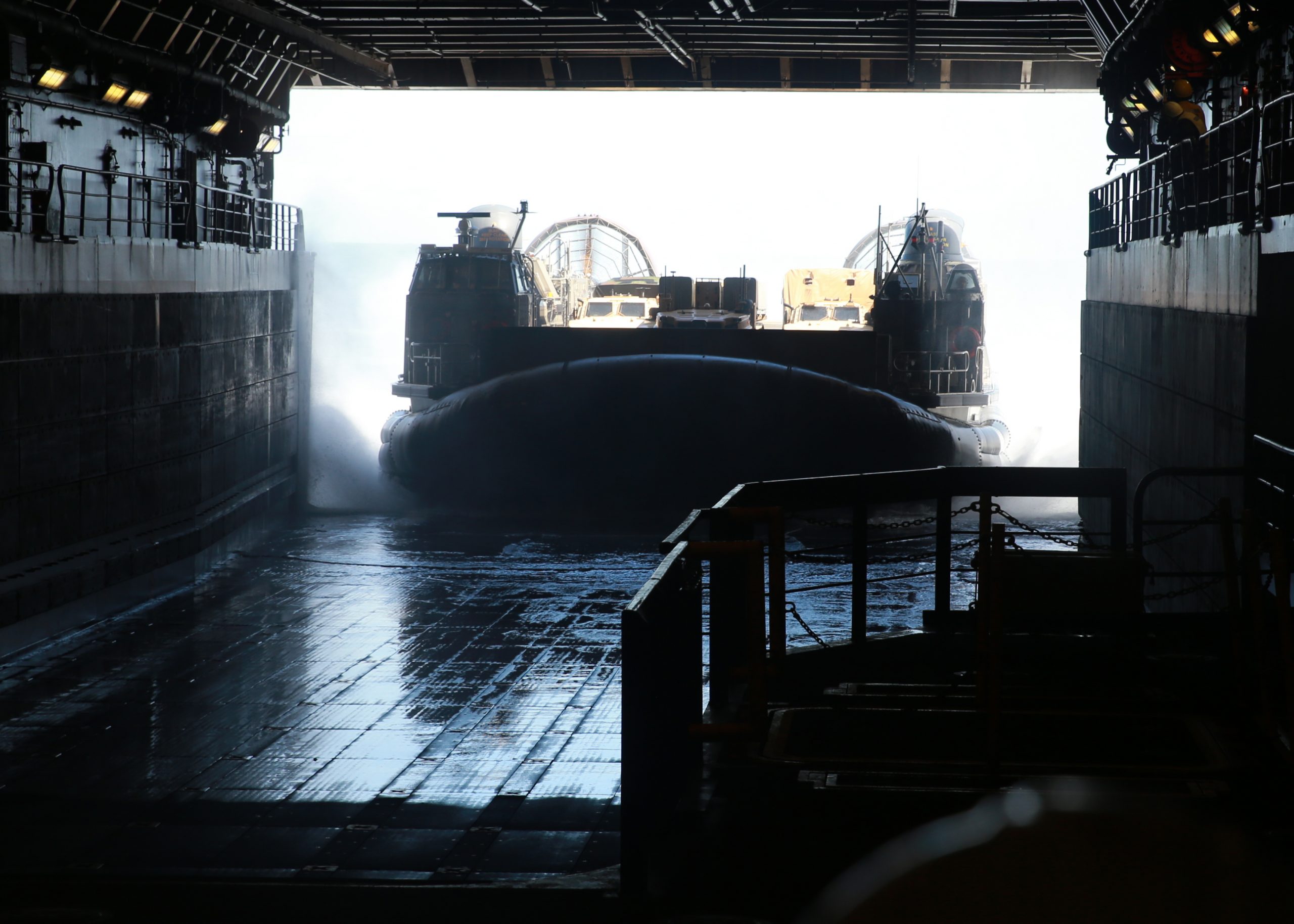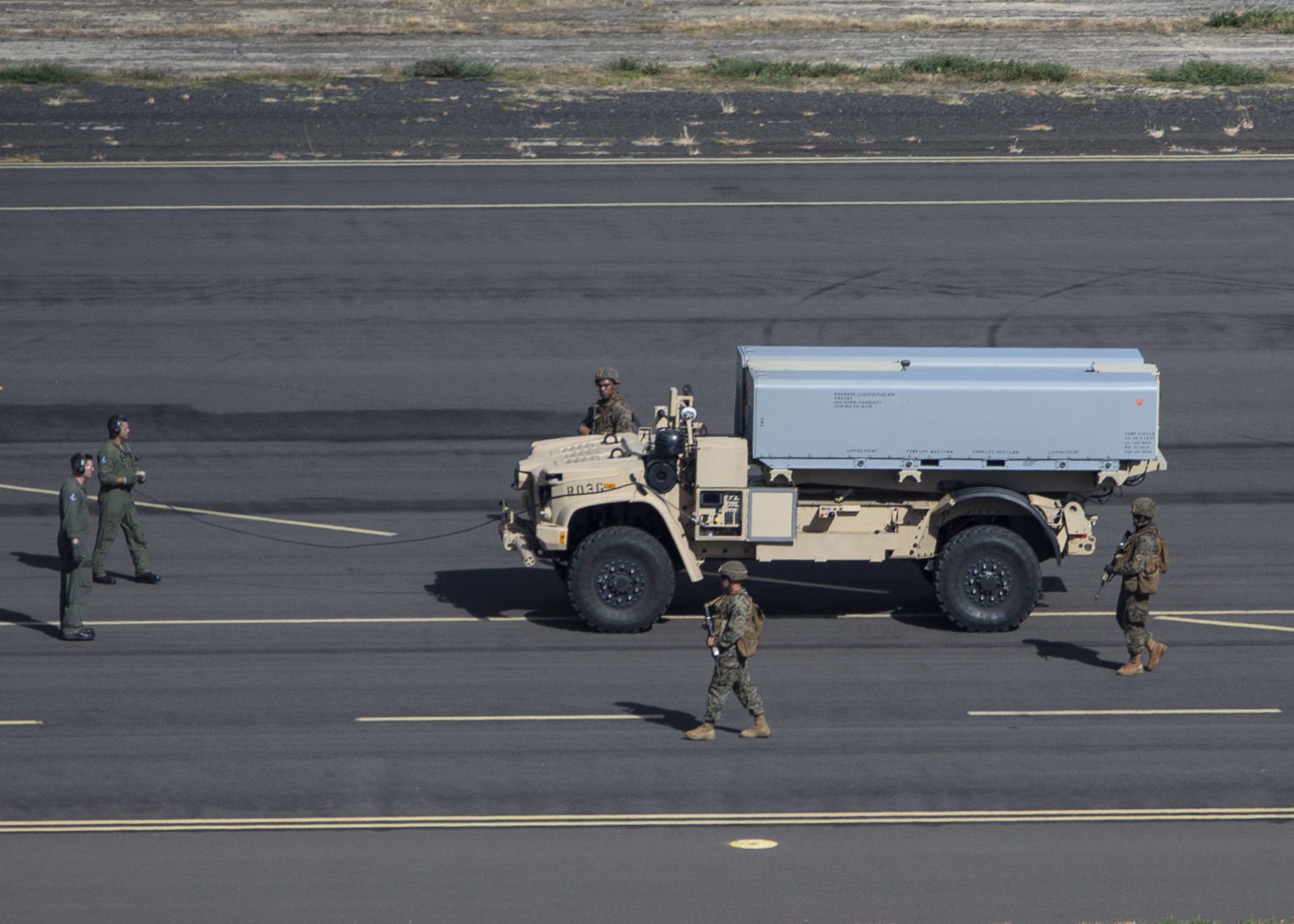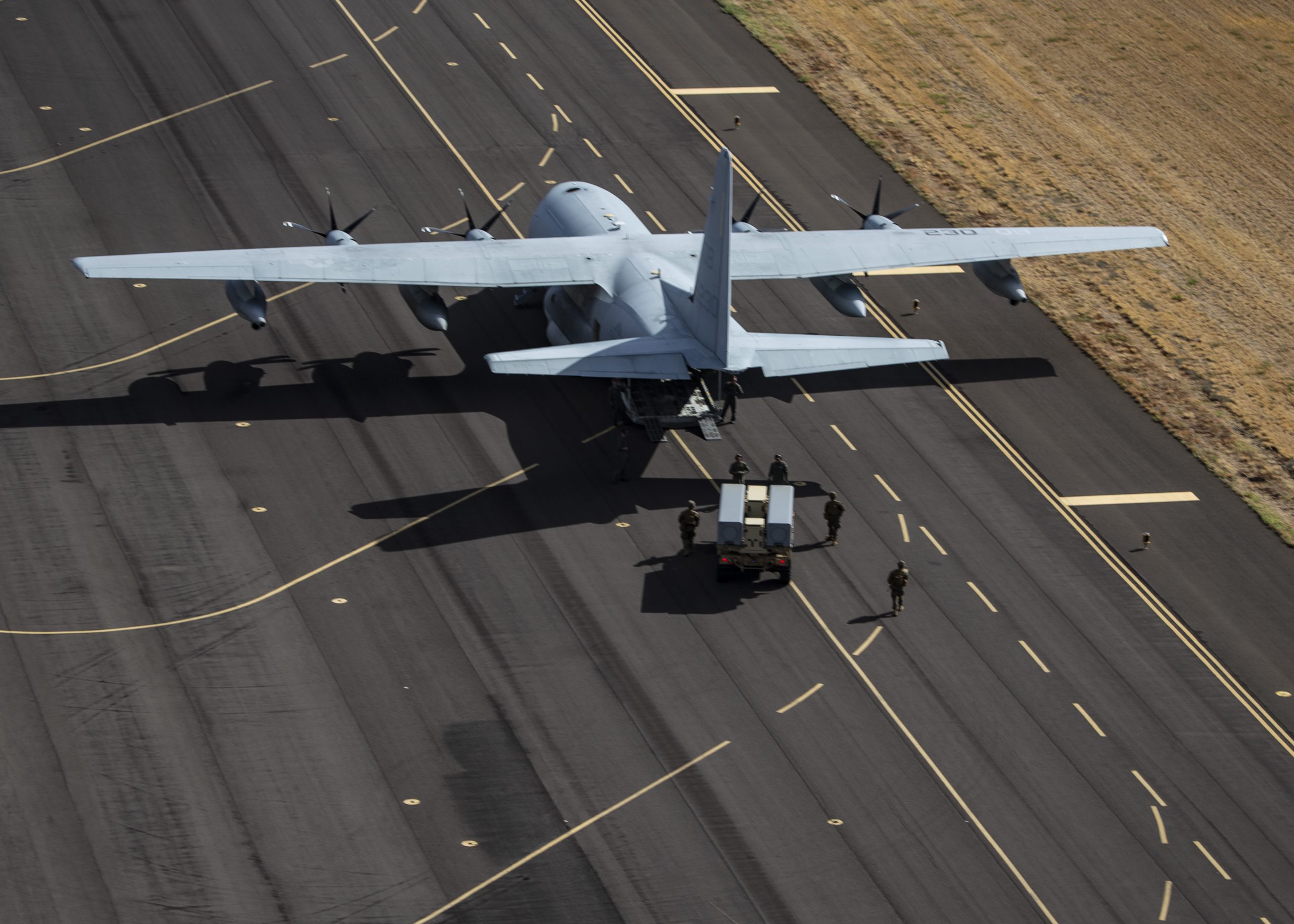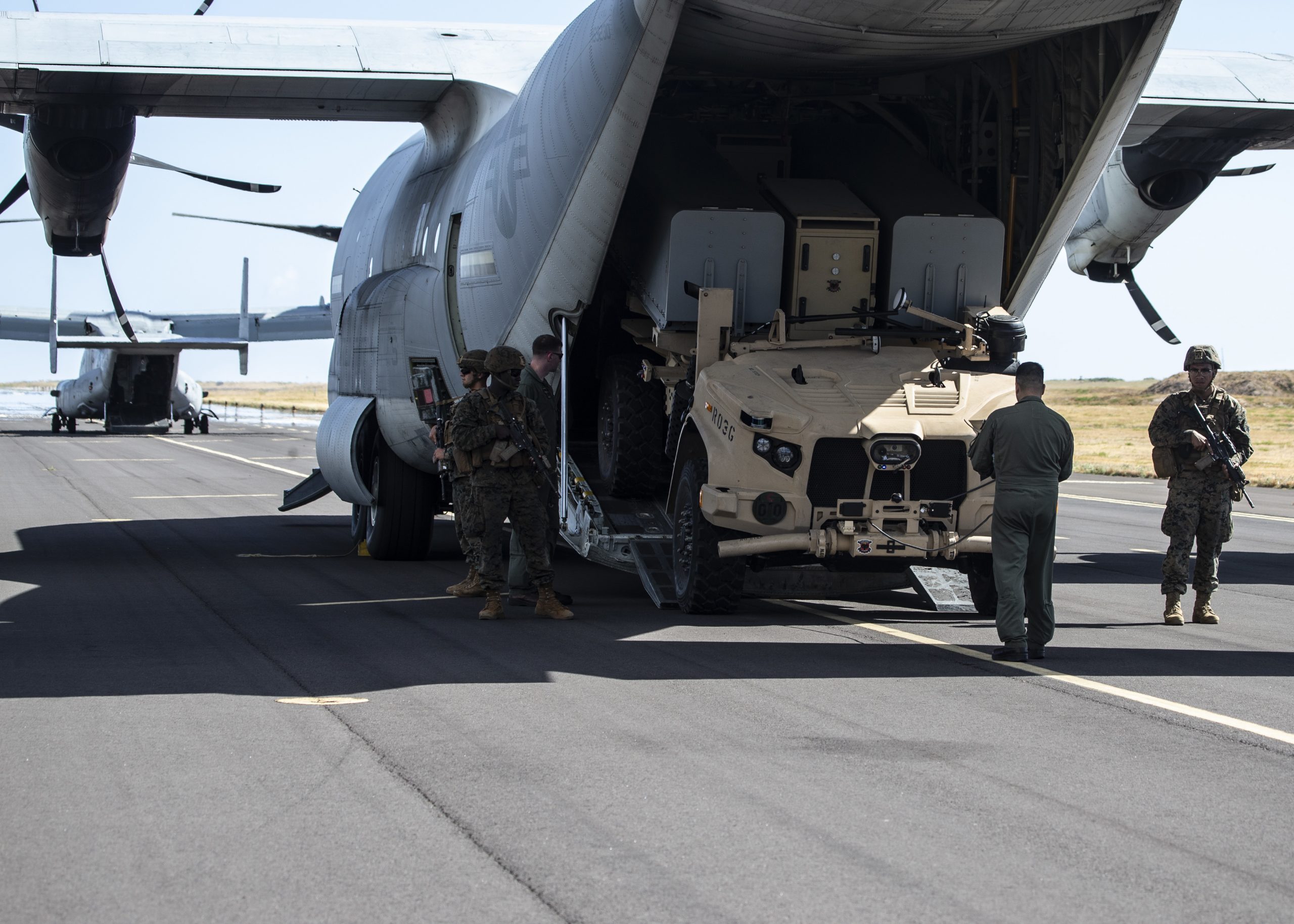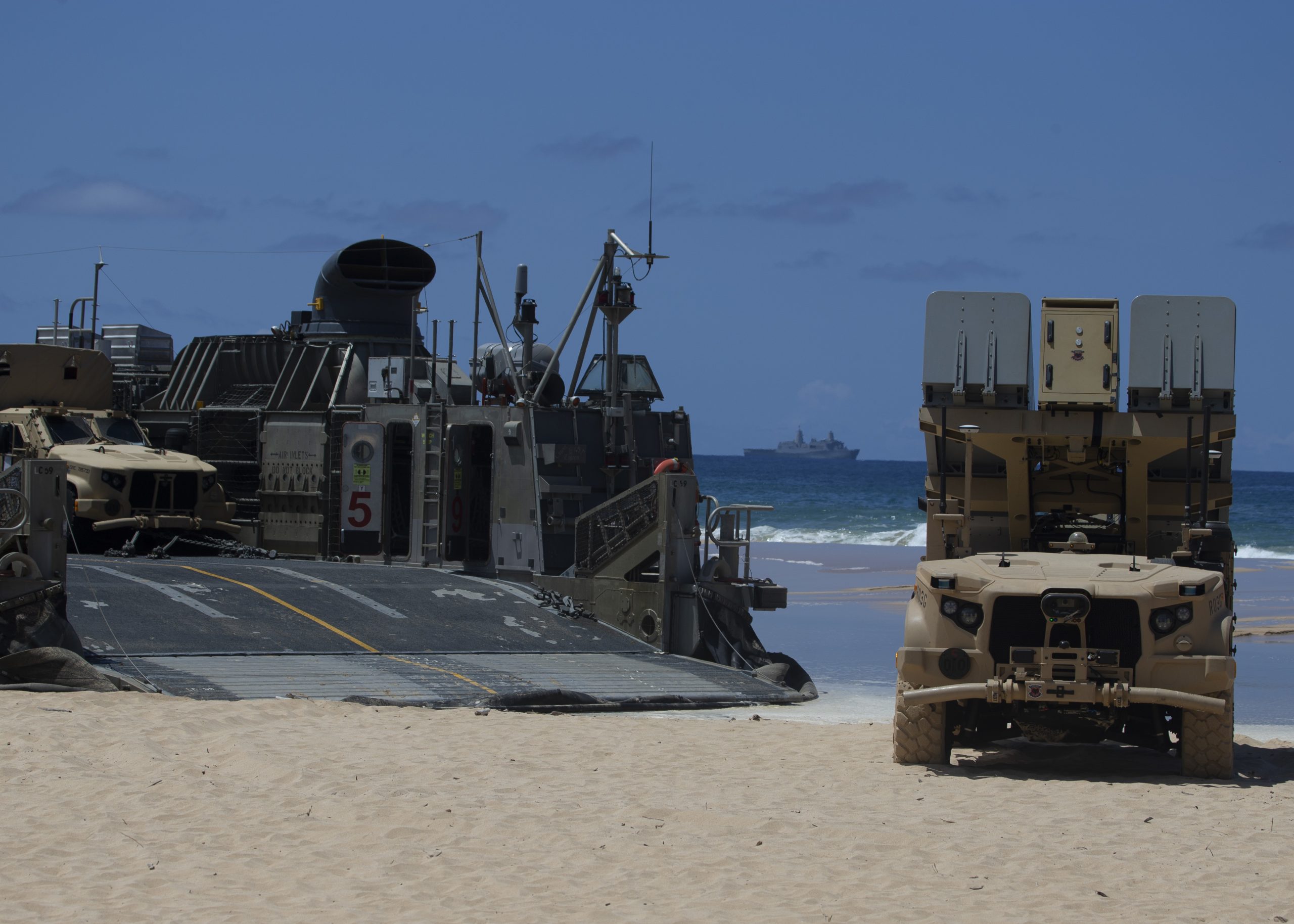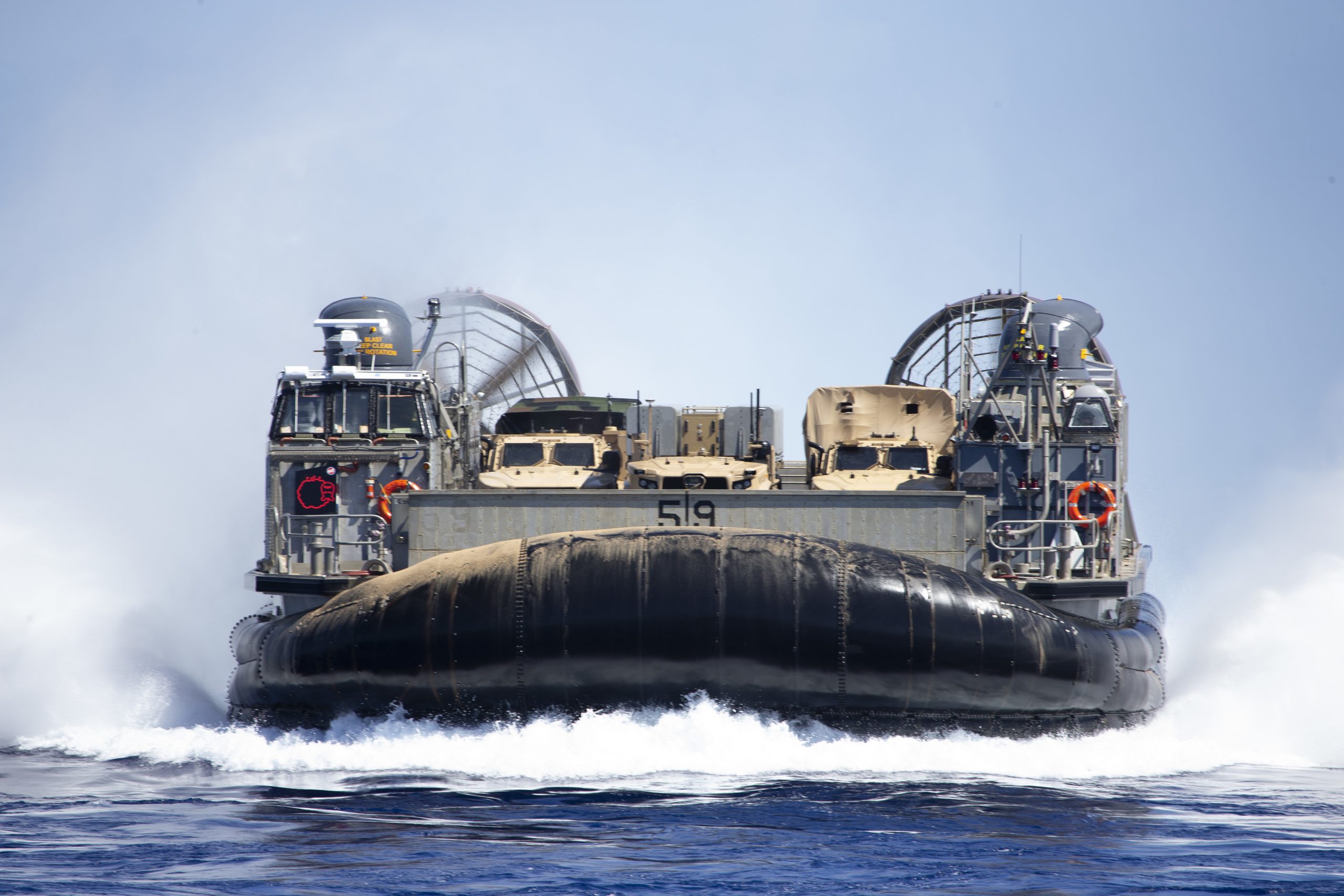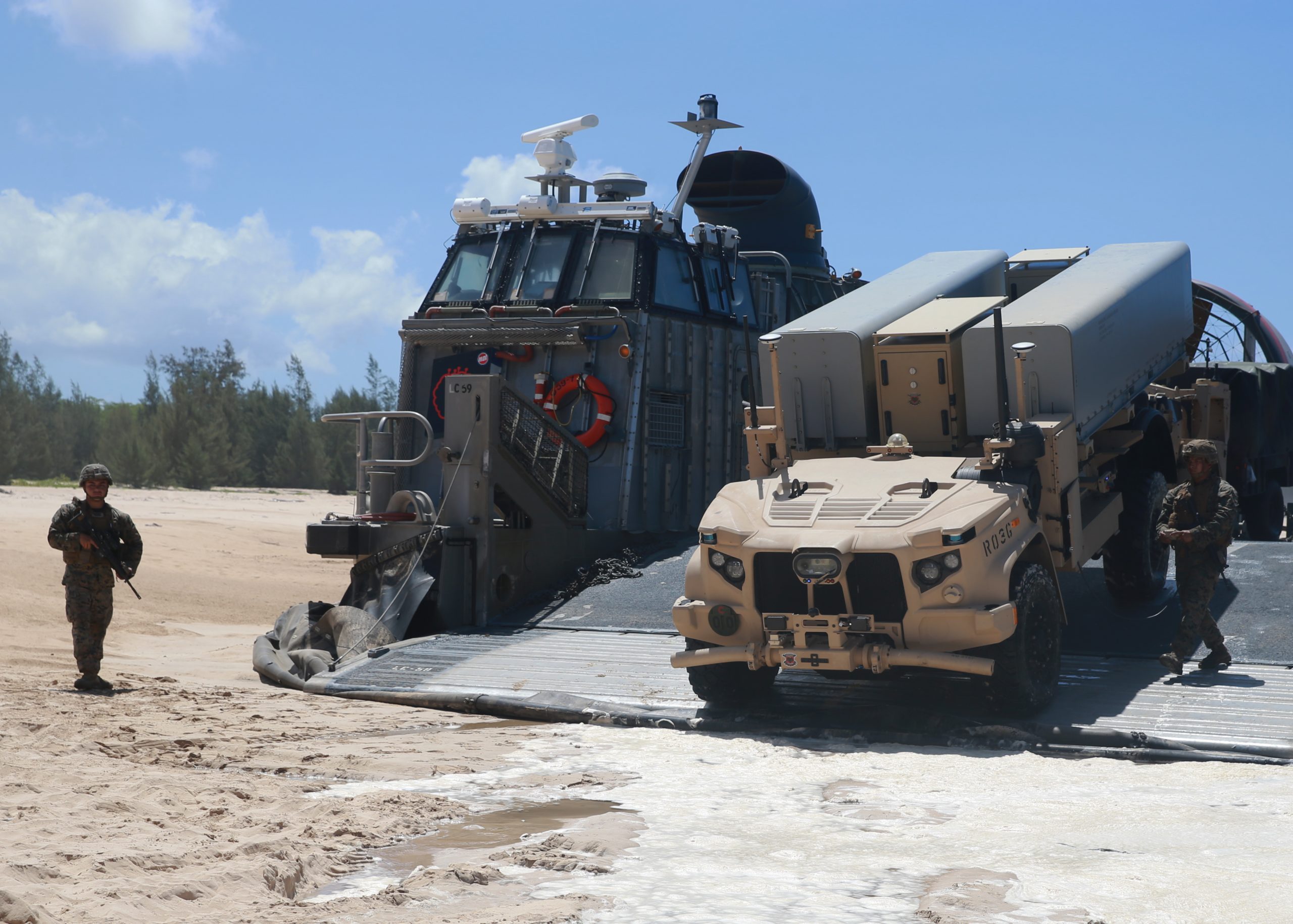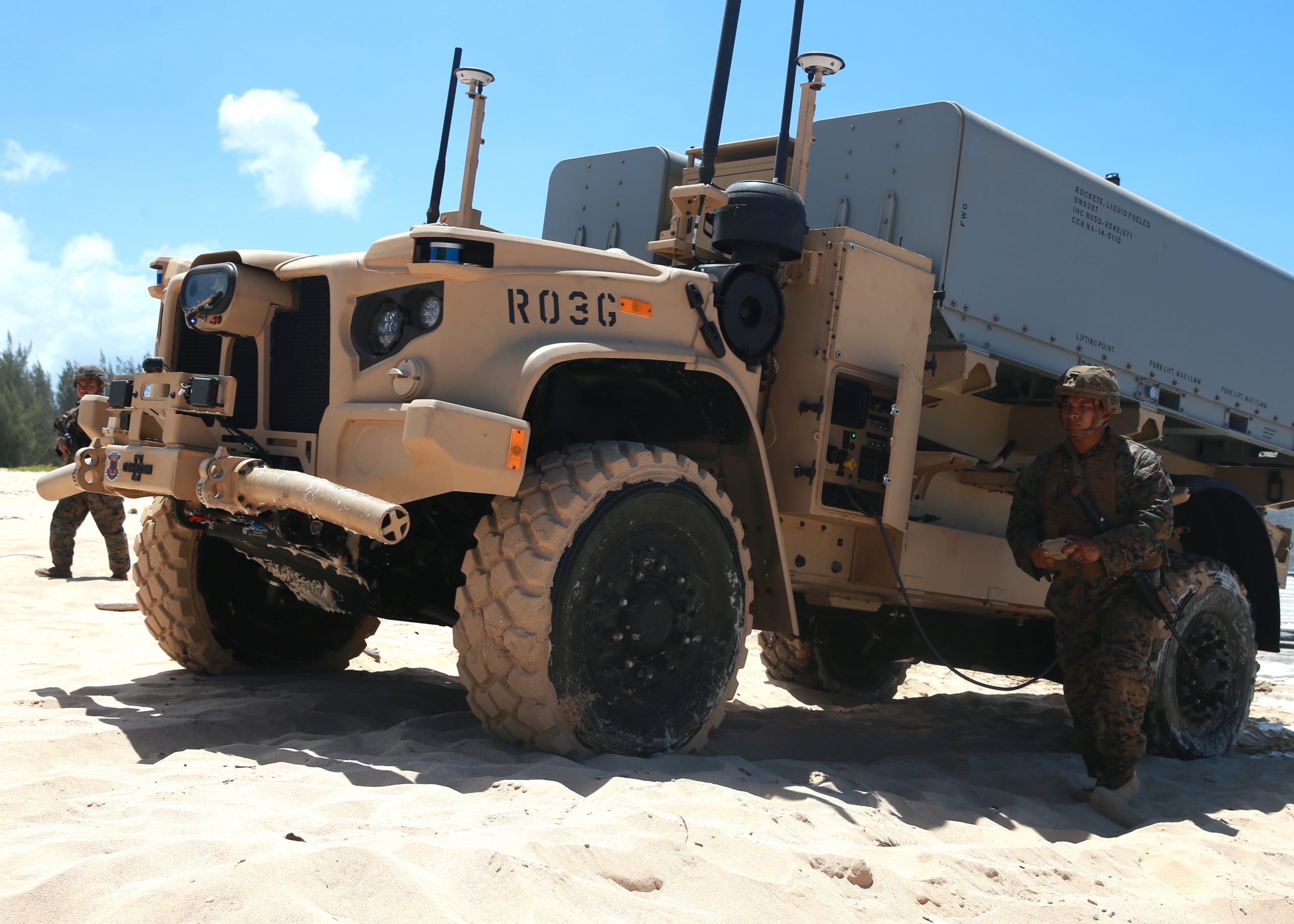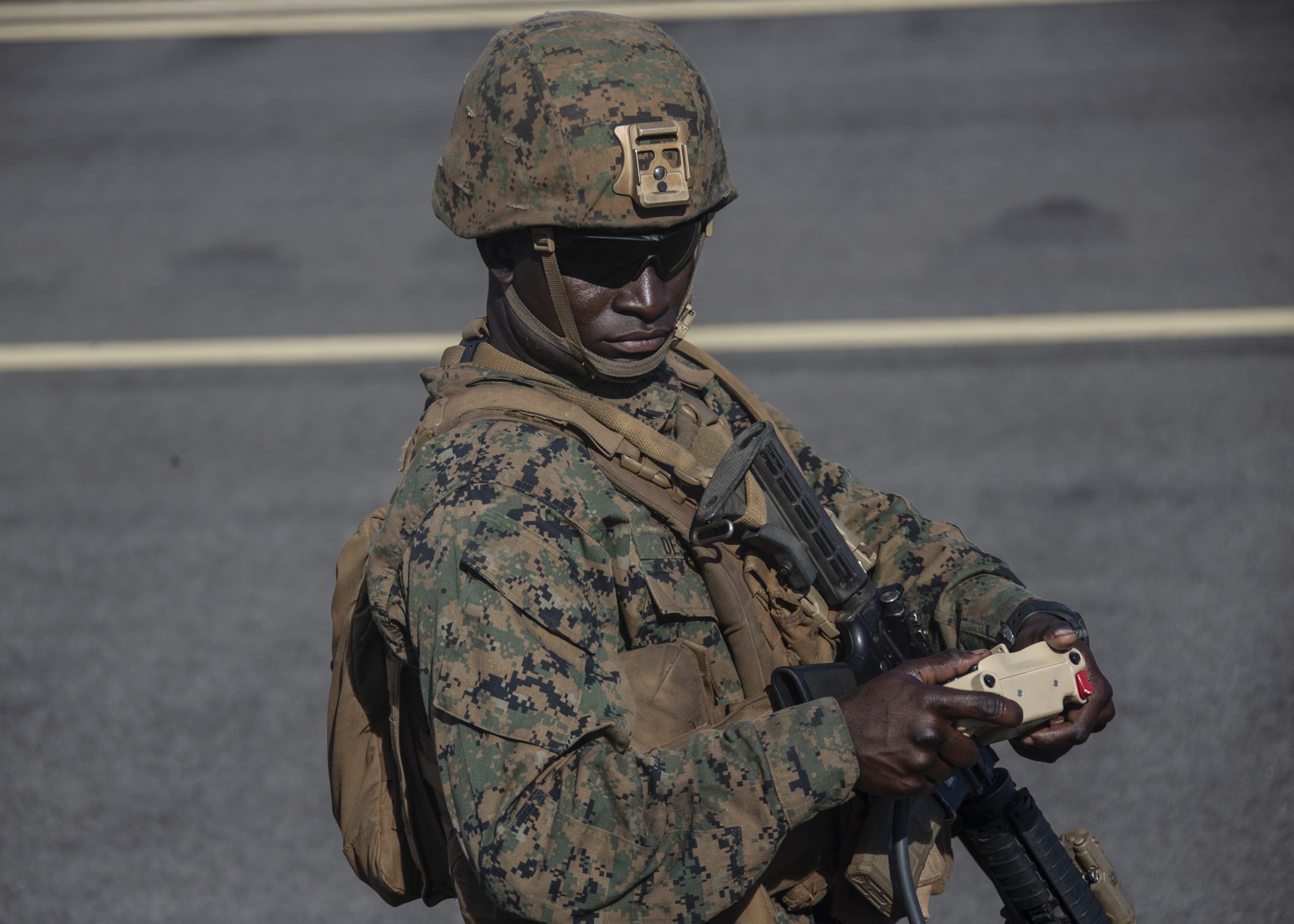By Robbin Laird
Warsaw
I am in Warsaw and have just attended the two-day conference held by Defence 24.
According to the organization: “Defence24 Group, the publisher of Defence24.pl portal, is organizing a third edition of Defence24 DAY & SOFEAST conference, focused on the major issues in the areas of defence, security and defence industry.
“This year, Defence24 DAY will take place in a two-day formula, combined with SOFEAST, a scientific conference dedicated to the Special Operations Forces as well as combat medicine.
“Defence24 Day is the leading defence and security sector conference, focused on the major issues of the sectors both in Poland and around the world.
“The event is a place where decision makers, senior administration & Armed Forces officials, defence industry representatives and experts may debate and share their experience.
“It is planned that Mariusz Błaszczak, the Polish Minister of National Defence, Paweł Soloch, the Head of National Security Bureau as well as numerous senior Polish Armed Forces commanders will take place in the conference.”
The agenda for the conference can be found on the Defence 24 website.
I will be reporting on the presentations and discussions which I attended at the conference as well as providing in depth interviews from Polish defence experts with regard to the challenges being faced by Poland and shaping a way ahead for Poland within the overall transition in direct defense in Europe.
In our book, The Return of Direct Defense in Europe: Meeting the 21st Century Authoritarian Challenge, Murielle Delaporte and I focused on how the current phase of defense in Europe drew upon Cold War history but was very different in many ways as well. Notably, there is a broader challenge posed by both modern Russia and China in which shaping new joint defense capabilities across the European operational landscape needs to be combined with new approaches to security to deal with new infrastructure threats.
That clearly was the perspective provided by participants in the conference.
After 2014, Poland along with other states serious about defense, such as the Nordic states, shifted their focus from out-of-area forces, to reworking how to defend their own national territory against the authoritarian states and their challenges.
And in so doing, for the Poles, as a key state on the Eastern flank of Europe facing the unincorporated states in Europe, both Belarus and Ukraine, and the Putin driven Russian state revival, how to do so is an ongoing work in progress.
The conference provided a number of insights with regard to the agenda for the Poles in shaping a way ahead. I would note that Poland is certainly focused on the challenges of enhanced national security, akin to the concerns I have discussed while in Finland and in the Nordic region, and increasingly in Australia as well,
There is a core concern with dealing with what have been called hybrid threats, namely, the authoritarians working wedges within a society and within that society’s broader alliances by creating asymmetrical threats.
For Poland currently, the Belarusian use of migrants to breach the Polish border on their way into Europe more generally is such a case. This challenge was extensively discussed at the conference, and the Polish response in part has been to mobilize the territorial forces to provide a new brigade to support border security.
This has led to broader European concerns about how to secure European borders, with Poland receiving both criticism and support from a wider European community.
And the wider community aspect is a key one both discussed at the conference and in my interviews.
The Poles clearly see a Russian direct threat to them and to Europe. And they are closer to de Gaulle’s vision of Europe, one of nations cooperating on common interests than to the views of today’s European Commission which sees the way ahead as creating a single set of rules for the entire European community. Here Poland is on collision course with the Commission.
At the same time, there is growing concern among nations who believe that Russia and China pose direct threats to Europe and see the need for enhanced cooperation among like-minded states. Certainly, there is scope for enhanced cooperation with the Nordic states who have deepened their own cooperation as well.
There were references as well about the United States and the dramatic Biden Blitzkrieg withdrawal strategy in Afghanistan and the AUKUS announcements. And the elephant in the room clearly is what the Biden Administration is going concretely to do going forward with regard to defense, both globally and in Europe.
The Polish government has raised its defence budget and is considering additional capabilities for its operational approach to direct defense. The challenge will be to build a more integrated joint force going forward and one which can work effectively with allies.
How will the territorial force be shaped going forward? How will it intersect with more mobile capabilities, such as with its F-35 force?
In a period of time in which the allies of Poland are reworking their own defense templates, it is fair to say that there is no model for Poland to apply to its own direct defense which is congruent with what allies are doing themselves.
The Nordics for example, are reworking how to shape a more integrated territorial defense but one in which air and missile power can expand the perimeter for their defense. The F-35 consortia is a key part of reworking how Europeans will deliver multi-domain capabilities to drive greater force integration, and Poland buying the F-35 will be able to participate in this ongoing development.
The United States is facing a significant change from its preoccupation on the land wars in the Middle East to shaping a new 21st century force, kill web enabled, and crafted to provide for force distribution and integration.
But this is a work in progress, one which I have focused on for a number of years with my colleagues.
How does Poland then intersect with ongoing American and European allied warfighting developments, which are driving significant changes in the templates which will deliver relevant force capabilities against adversary forces, which themselves are undergoing fundamental change?
A notable challenge for Poland is how to both defend its national territory and to operate in its perimeter with mobile forces.
The opportunity to integrate more effectively with its Nordic partners and operate in the defense of the Nordic states is not a task for Abrams tanks.
How best to shape a realistic mobile force which can both operate in the perimeters and aid in the territorial defense?
This applies as well to working with the states in the Black Sea region and when necessary, in the Polish perspective being able to participate in the defense of Ukraine.
The challenge can be simply put: (1) Poland needs to combine credible territorial national defense, but (2) with an ability to participate with allies in breaking down the anti-access area denial approach of the Russians and (3) with credible mobile forces which can move to the point of attack by the Russians on the seams which they hope to open up by hybrid or direct warfare needs. The seam warfare piece of what is often called hybrid warfare is something I discussed recently with MARFORPAC in the Pacific.
In short, Poland is in the front lines of European defense.
How they work their own defense is a key part of the broader allied approach and will drive it as well.
When you are the front lines you tend to take the threat more seriously than when you are not, and that is one of the challenges clearly facing the vision of those like President Macron who champions “European Sovereignty” yet pursues his own vision of Russia in Europe.
Featured Photo: The panel held at the end of day one of the conference on “Technology Development in the Defence Sector: Key Success Factors for R and D and Technology Transfers.” Credit: Second Line of Defense


